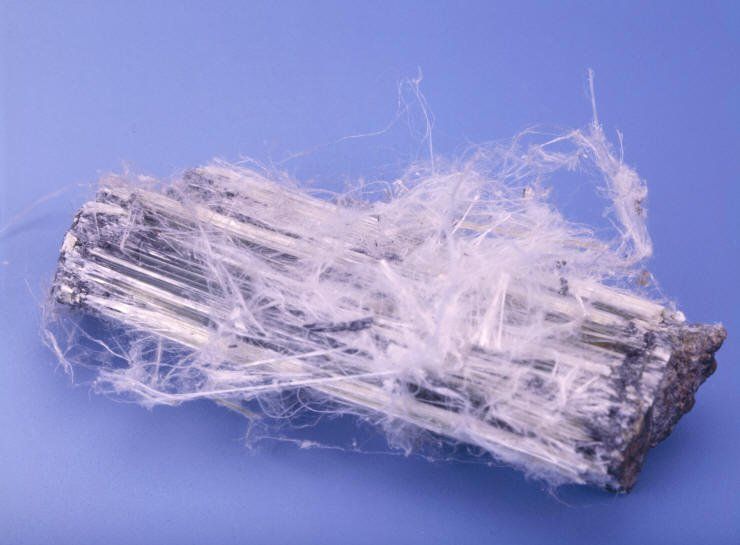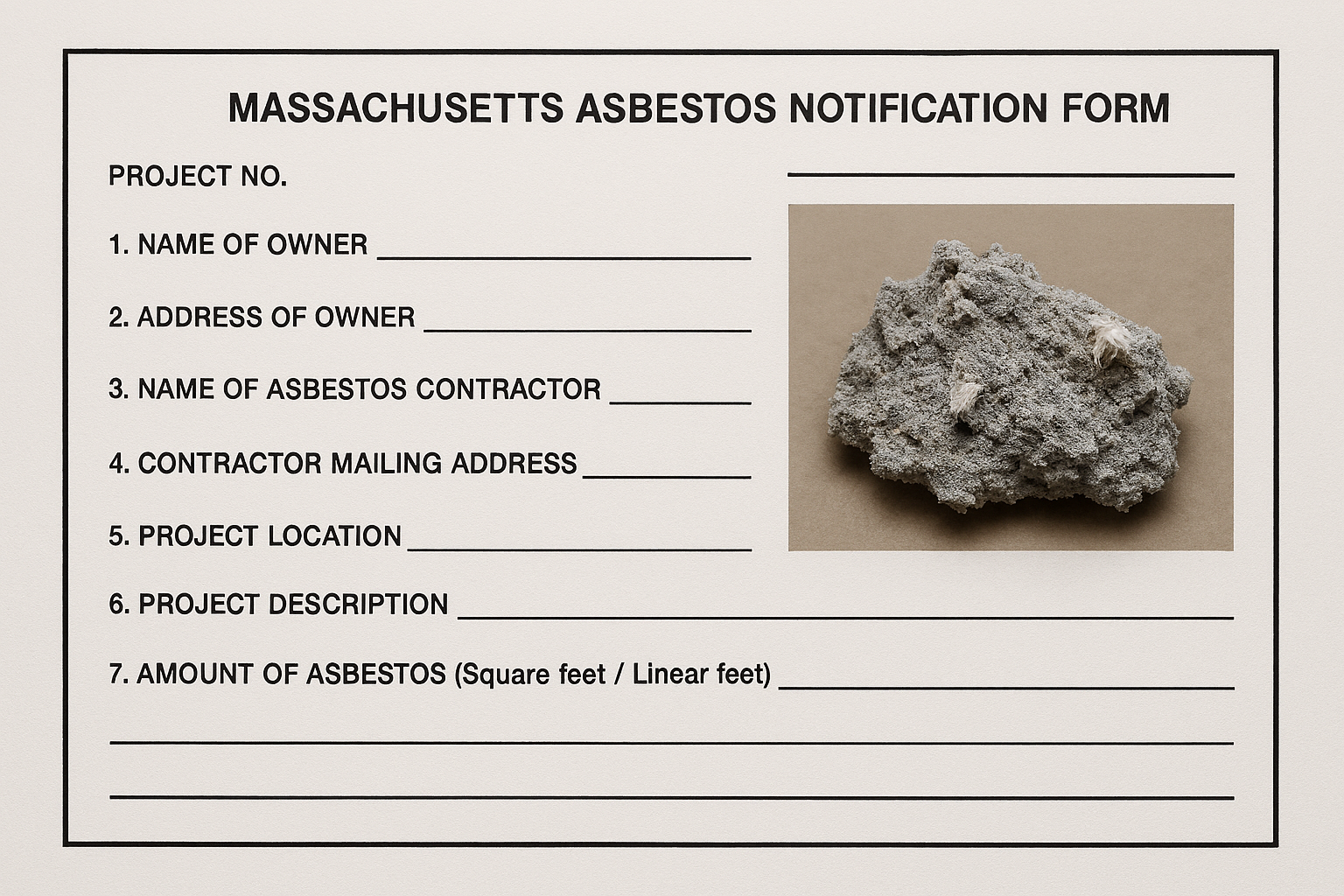Misconception # 1: It is not legal to sell or use building materials that contain asbestos.
Actually, the only substances containing asbestos that cannot be sold or used in the United States are insulation and paper materials. In fact, the United States imports tens of thousands of tons of asbestos containing building materials each year. Asbestos containing materials can still be found in the most prominent home improvement stores. These products include roofing materials, window glazing compound, floor tiles, grouts, and even some types of duct tape. We have even witnessed the installation of asbestos-containing floor tile following the removal of old asbestos containing tile!
Of course, these products do not list “asbestos” as an ingredient. Instead of the “A-word,” they use others, such as “chrysotile” or even “Canadian fiber.”
The bottom line is that asbestos has not been made illegal in the construction industry, and is in fact being installed in new buildings every day.
Misconception # 2: “I don’t need an asbestos inspection – this is a new building.”
Again, new materials do not guarantee the absence of asbestos. Further, the National Emission Standard for Hazardous Air Pollutants (NESHAP), is a federal regulation that requires building owners to “thoroughly inspect the affected facility or part of the facility where the demolition or renovation operation will occur for the presence of asbestos…” This inspection, the regulation makes clear, must be performed prior to any activity that may disturb any suspect asbestos containing material. The Massachusetts Department of Environmental Protection (MA DEP) is the state entity responsible for enforcing the NESHAP regulation.
So, even if the building slated for demolition was constructed yesterday, it must undergo a complete asbestos inspection prior to any activity that would disturb the materials.
Misconception # 3: “This building was built before they started using asbestos.”
Whereas it is true that a home built in the mid-1800s most likely did not contain asbestos immediately following initial construction, it is almost certain that renovations and alterations have taken place throughout the years. It is quite rare to find an old home that has not seen the installation of new materials over preexisting finishes. Many times, in fact, home or building owners will simply install new materials over older finishes, a practice resulting in layer upon layer of building materials. If any of these materials were installed between 1930 and 1980, chances are that some of them contain asbestos.
Misconception # 4: “Materials containing asbestos can be removed by construction personnel as long as they don’t disturb it or make it friable.”
The term “friable” is often misunderstood. Usually when someone thinks of a friable asbestos-containing material, they think of pipe or boiler insulation. According to Massachusetts regulations, however, any non-friable material is considered friable once disturbed by renovation or demolition work. Materials such as caulking, window glazing compound, and even damp proof foundation mastic must be removed by a certified asbestos abatement contractor prior to work activities.
Misconception # 5: “It’s fine to remove gypsum wallboard and plaster during a mold remediation job without an asbestos inspection.”
Quite often, we at Cashins run across mold remediation jobs for which no asbestos inspection has been accomplished. As far as federal and state government agencies are concerned, these activities are illegal. Simply because the project involves mold remediation does not mean that other environmental concerns, such as asbestos and lead-based paint, can be ignored. The good thing is that many mold remediation companies also perform asbestos abatement, and thus are able to remove asbestos-containing materials properly.
Misconception # 6: “If I think certain materials may contain asbestos, I can just take a few pieces and have them analyzed.”
Actually, according to Massachusetts state law, only MA DOS certified asbestos inspectors may take bulk samples for analysis. In fact, the very act of sampling by non-certified individuals has in some cases led to prosecution and heavy fines. Further, there is a certain protocol established by the federal government for sampling of asbestos. This protocol requires a certain number of samples be taken depending on the type and quantity of material. The government also requires that samples be taken in a statistically random fashion.
If you have any questions regarding asbestos, lead-based paint, or other hazardous building materials, please call us – we would be happy to answer them. We also have personnel certified by the Massachusetts Department of Occupational Safety to perform
asbestos inspections. Let Cashins & Associates help you complete your project in a fashion that ensures worker and public safety, reduces liability, and fulfills regulatory requirements.
Click the button below and one of our experts will get back to you within 48 Hours!!





